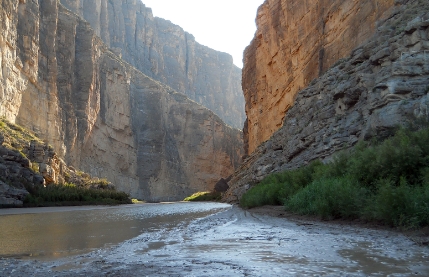Geo Fluvial Morphology: An Introduction
Geo fluvial morphology is the study of how rivers shape and change the landscape over time. By examining the interactions between water, sediment, and geological structures, researchers can gain insight into the dynamic processes that create the diverse landforms we see today.
The Power of Water
Rivers are powerful agents of erosion and deposition. As water flows downstream, it sculpts the land by carrying sediment and carving out channels. The way in which rivers meander, erode banks, and build up floodplains all contribute to the ever-changing morphology of a river system.
The Role of Sediment
Sediment plays a crucial role in shaping fluvial landscapes. Different types of sediment can have varying impacts on river dynamics, from the size of the particles to their mineral composition. Understanding how sediment moves and accumulates in river systems is key to understanding the overall morphology of a region.
Human Impacts
Human activities can have a significant impact on fluvial morphology. Dams, levees, and channelization can alter the natural flow of rivers, leading to changes in sediment transport and erosion patterns. These alterations can have far-reaching consequences for ecosystems and communities that depend on healthy river systems.
The Future of Geo Fluvial Morphology
As our understanding of fluvial processes continues to evolve, so too does our ability to predict and mitigate the impacts of human activities on river systems. Through innovative research and technology, scientists are able to uncover new insights into the complex interactions that shape our world.
In conclusion, the field of geo fluvial morphology offers a fascinating glimpse into the dynamic forces that shape our planet. By exploring the intricate relationships between water, sediment, and geology, researchers can gain a deeper understanding of the ever-changing landscape around us. As we continue to study and explore these processes, we can work towards creating a more sustainable future for our rivers and the ecosystems that depend on them.

